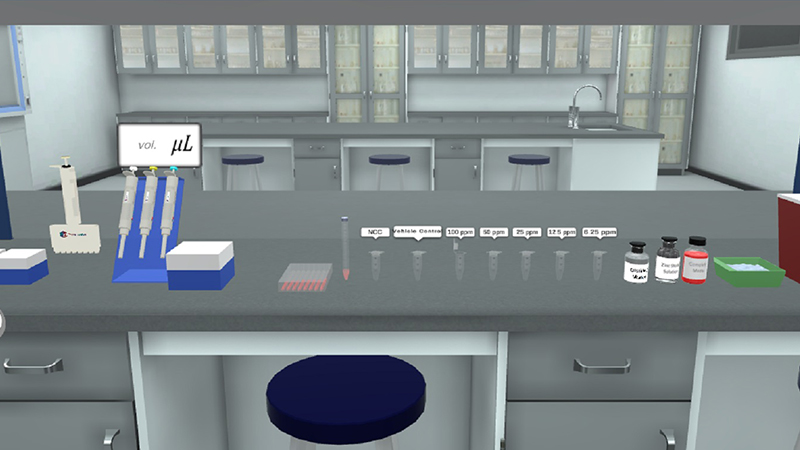In-Vitro Histone H2AX Phosphorylation Assay
Biology | Toxicology | Biochemistry | Pharmacology






2.5M+
Active Users Worldwide
80%
Improved Learning Retention
60%
Reduction in Laboratory Costs
In Vitro Immunofluorescence Assay for detection of Phosphorylated Histone H2AX and DNA Damage.
Successfully handle the required instruments and consumables needed in the phosphorylation assay experiment.
The alteration can have direct or indirect effects on the DNA:




